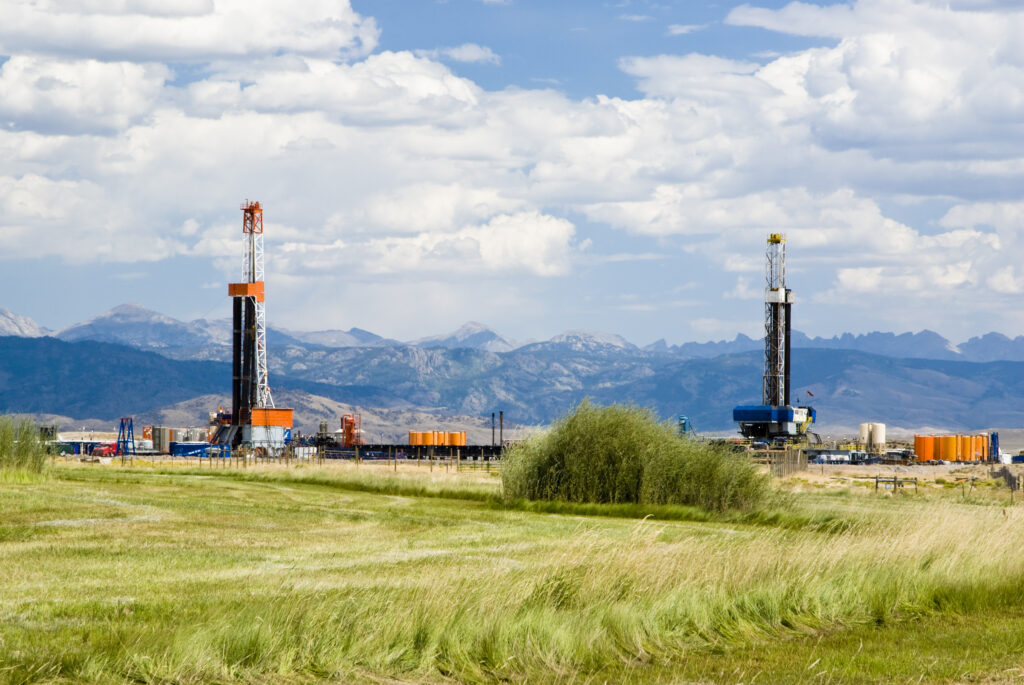
Pat Patton
Commercial Product Manager
We are days away from the release of our data set for Wyoming – the first of its kind. In Wyoming, water sourcing is equally or in some cases more important than produced water disposal options. There are over 250,000 water rights in Wyoming from both surface or groundwater, and include sources like reservoirs, springs, streams or wells. Water rights are important because they are based on priority and have many different types of use associated with them. Rights for non-oilfield applications can be bought or sold and changed to oilfield applications. Our data/platform gives users access to all of these water rights and associated details to determine possible water sources for oilfield applications.
There are over 7,000 injection wells in Wyoming but only 545 are classified as saltwater disposal wells (SWDs) The bulk of injection wells are associated with enhanced oil recovery operations (EOR) as there are many old, legacy fields in Wyoming where secondary and tertiary recovery plays a big part in water management. Traditional SWDs still have a role where produced water has no other alternative and many operators are permitting new SWDs to accommodate the rise in drilling activity due to current commodity prices. Higher oil prices have increased modern large-scale production development. With more production comes more produced water which is a good thing if the completion schedule demands enough from the produced water supply. In many cases there are breaks in the supply chain due to location, logistics or timing so hence the need for more SWDs.
Our data for Wyoming includes many subsurface layers like depths and thickness that help subscribers understand disposal formations. Most SWDs in the state cannot accept large injection volumes due to pressure limitations. In many cases injection pressure is tied to the thickness and location of the injection formation. Our data provides users with tools to better understand the injection story of each well.
Over 360,000 land parcels play the typical role in Wyoming where water (fresh or produced) moves from point A to point B and must cross different landowners as it is transported.
The Wyoming production sites dataset (with over 70,000 entries) is configured similar to datasets from New Mexico and North Dakota. Any production site or well that has ever produced water is included. Water delivery records that tie the production site’s water to disposal wells are unavailable in Wyoming, unlike in Texas and North Dakota. However, the value of having a production site dataset is still very high, especially in Wyoming where produced water is more of a commodity if there is demand for sourcing. Production sites and associated volumes are the ‘source’ midstream companies target and the ‘source’ for potential source water an operator may need for frac operations.
Production site and injection well data is reported monthly. This accurate and timely information helps subscribers understand and analyze the most current water management conditions
The Wyoming dataset is scheduled for release on December 5, 2022. Please reach out to Brian Maxson for more information ([email protected]).
EMPOWERING SMART WATER MANAGEMENT
B3 Insight is building the definitive source for water data. We empower smart water management with data-driven intelligence for responsible and profitable decisions about water resources. Whatever your needs, B3 Insight’s OilfieldH2O can positively impact your water management and drilling completions – contact us at [email protected] or 720-664-8517 to learn more.




